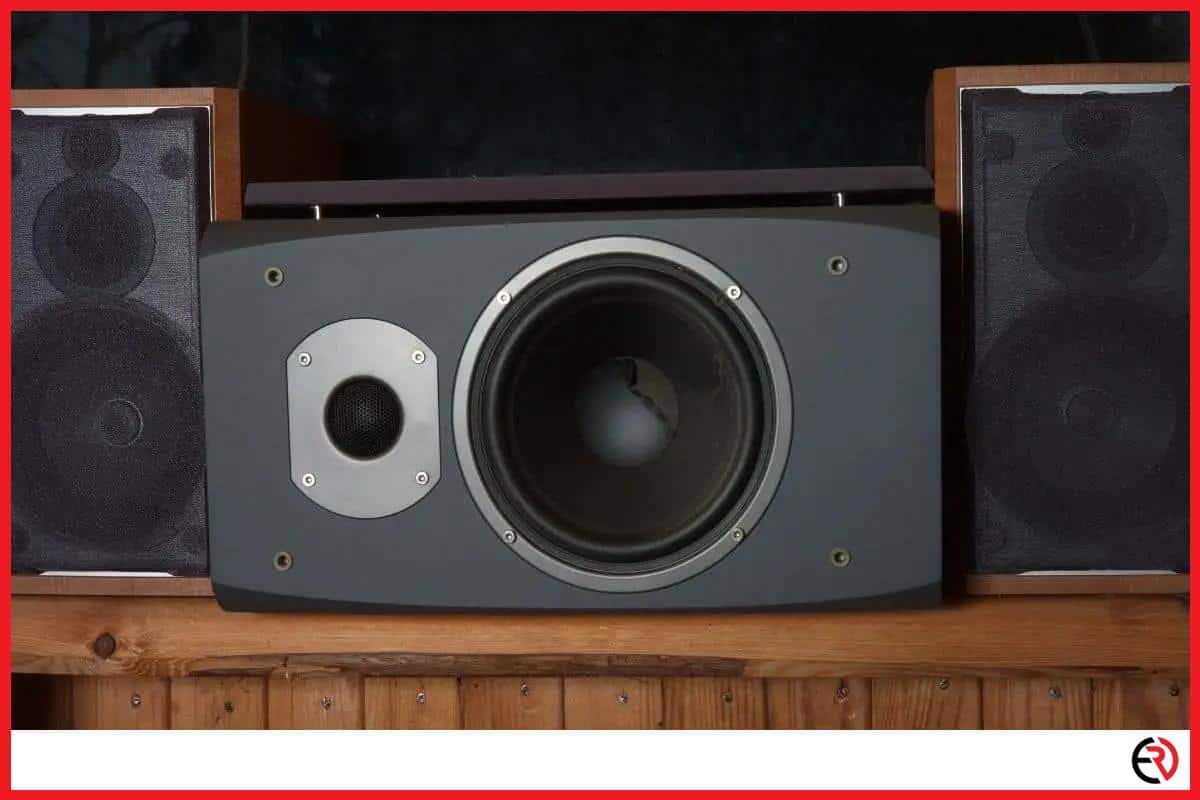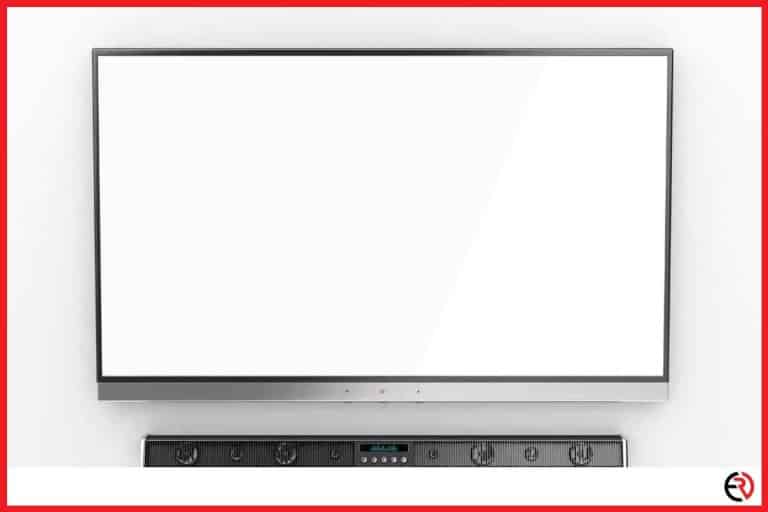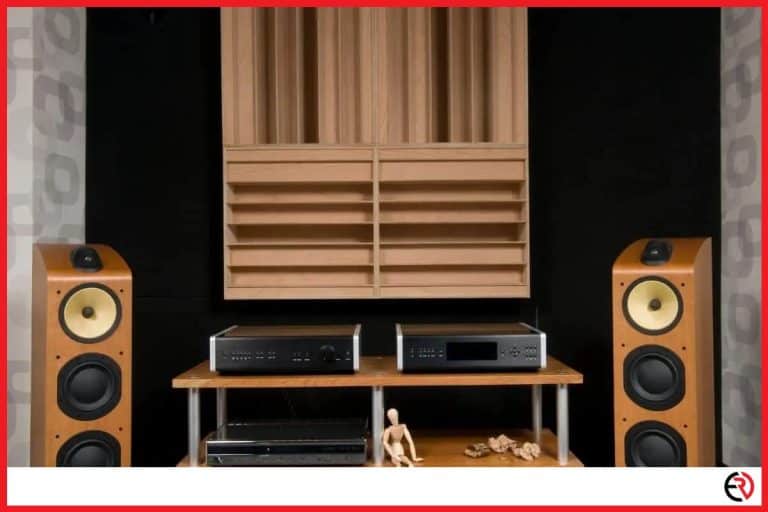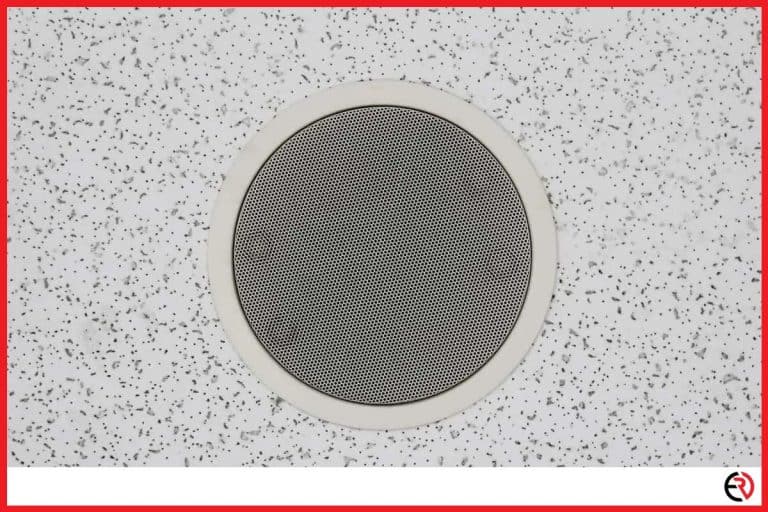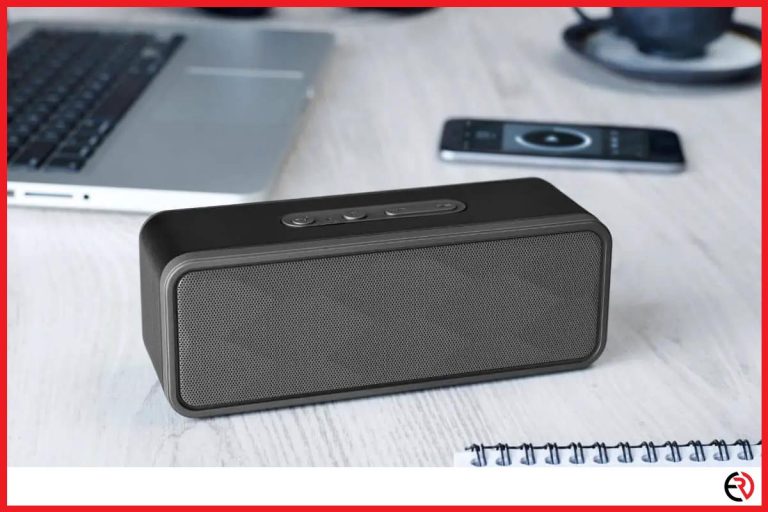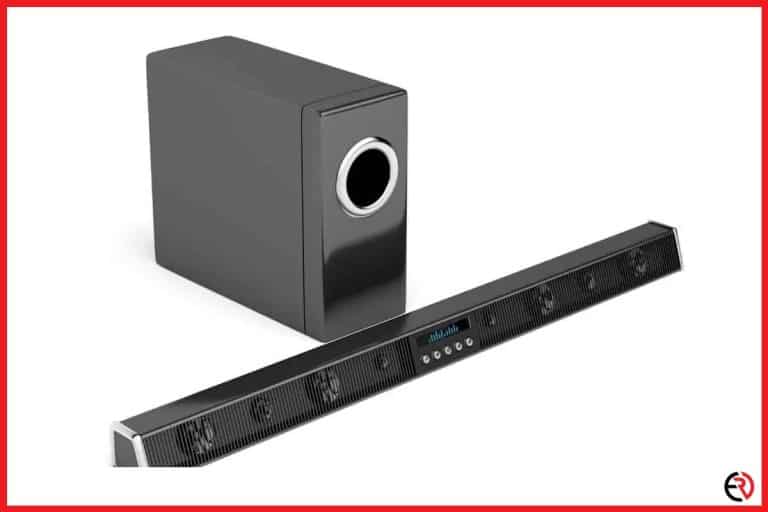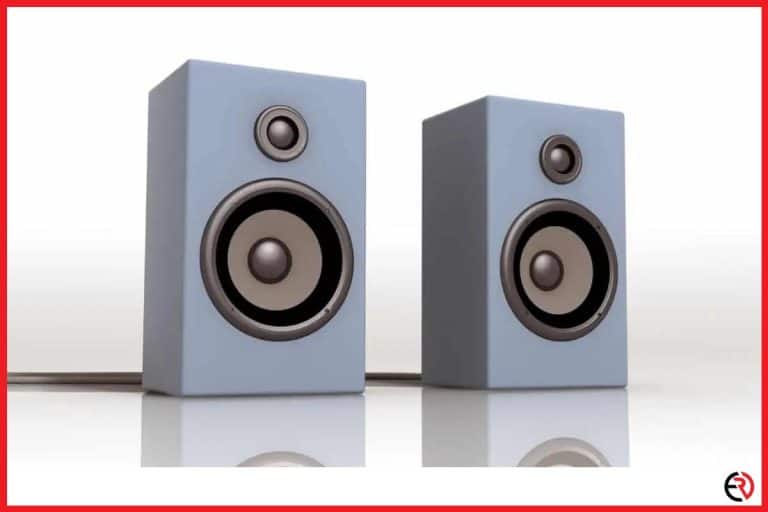Do You Need a Subwoofer With Bookshelf Speakers?
This post may contain affiliate links which means that, if you choose to make a purchase, I may earn a small commission at no extra cost to you.
The subwoofer dilemma is a nightmare for any music enthusiast. You have a friend with a subwoofer and another without one. Some sing praises, while others despise the idea of thumping bass in their safe space. So are bookshelf speakers enough, or do you need some extra bass to go with it?
The idea of subwoofers is debatable. Most bookshelf speakers provide decent bass, but whether or not it’s enough depends solely on the listener.
Let’s take a deeper dive into the topic and hopefully, by the end of it, you will be able to decide for yourself.
What is a subwoofer?
A subwoofer is also a speaker that only delivers low frequencies between 20-200 Hz, mostly from bass guitars, kick drums, and pipe organs. Traditional speakers or stereo setups cannot produce such low-frequency sounds, as a subwoofer only specializes in low-frequency sound production.
Subwoofers are available in a variety of sizes, and larger diameter speakers produce a deeper bass compared to smaller ones. They usually come in sizes of 8″, 10″, 12″, and 15″ along with a dedicated amplifier which provides enough power for the speaker to operate at its full potential.
Are bookshelf speakers enough for bass?
Mostly no, but it’s a matter of personal preference. While some people are content with the native bass from traditional bookshelf speakers, others prefer a dedicated subwoofer.
The frequency range of bookshelf speakers ranges from 80-20,000 Hz, which is the mid to high range spectrum. However, they lack the low-frequency response you get exclusively in a subwoofer. Even premium high-end speakers cannot reach close to 60 Hz.
The woofers on most bookshelf speakers are only 5″ in diameter, letting them reach around 100 Hz (not constant across all models), which is not enough to recreate true-low ends sounds. Most people content with native bass usually do not realize what they are missing out on, and I happen to be one of them.
But the moment I laid my ears on the Klipsch R-12SW, I realized what true bass was and decided to get one right away. A dedicated subwoofer impacts how you listen to music. Even if you are not a fan of it, I suggest you try it because you do not know what you are missing out on.
Why do you need a subwoofer?
Bookshelf speakers only let you listen to music, but a subwoofer lets you feel it. Bass-heavy music such as EDM, hip hop, and even action movies come to life when a dedicated subwoofer delivers the heart-thumping beats. It lets you enjoy the media the way it’s meant to be enjoyed.
Like most people, you might also see subwoofers as bass cannons, but that is not always the case. A quality subwoofer also takes away some pressure from the rest of the speakers in your setup, improving overall audio quality.
Adding a subwoofer makes for more compelling sound dynamics and widens the soundstage resulting in more accurate stereo imaging. The difference is evident even if you do not listen to high bass music and prefer dialogue-oriented shows.
What are the benefits of adding a subwoofer?
Subwoofers create a more lively audio experience that is impossible in traditional bookshelf speakers because they simply lack physical capabilities. Here is a list of all the benefits of a subwoofer:
1. Even lower bass – Previously, I discussed that subwoofers could reach low frequencies up to 20-30 Hz. The hard-hitting bass is not only more accurate but dramatically enhances your listening experience like never before.
2. Complements home theater setup – Home theaters are pretty impressive but add a bass to it, and suddenly you have access to a whole new level of audio depth. Movies’ sounds will appear authentic & crisp, and clean dialogues are simply a delight. A subwoofer brings a home theater together.
3. Much wider soundstage – A wider soundstage is always welcome since it lets you enjoy whatever you are watching or listening to much more clearly.
4. Built-in amplifiers – The subwoofers have built-in amps, which saves you the trouble of buying one separately and integrating it with the rest of your system.
Where should you place the subwoofer?
You can place a subwoofer anywhere inside a room. However, since all rooms have a different construction, the results will vary. You will have to set the speakers throughout different spots around the room to find the best one for the job.
It’s best to place the subwoofer along the wall of the room, usually beneath your television or computer. Some homeowners tend to place them in the back, but that’s not always optimal since you will probably have the couch in between, which might dampen the audio. Here are a few more things you should consider before picking a spot:
1. Cable Placement – Wires lying across the floor not only look terrible, but you can accidentally trip on them, hurting yourself and damaging the speaker system at the same time. They also present a great chewing opportunity for your pets, so keep them hidden, and the best way to do so is by placing the speaker close to the wall.
2. Wall or corner placement – You can place the subwoofer in the corner or front of the wall. Usually, a corner placement increases the speaker’s overall output, but it can fall off if it’s too far away from the listening area.
Similarly, if placed in front of a wall, the sound can either travel well or become harsh and unpleasant. Finally, if the subwoofer has a port design, keep at least 6-10″ away from the wall for unobstructed airflow.
3. Finding the sweet spot – Play a bass-heavy movie and music on your subwoofer and sit down on the couch (or the location the music is directed to) and ask someone to move around the device until you ‘feel’ the bass.
The last tip helped a lot while setting up my Polk Audio PSW10 in the living room. It’s one of the best budget subwoofers on the market that can reach as low as 15 Hz.
FAQ
Should you get more than one subwoofer?
Usually, one bass is enough for a small room, but if yours is a bigger one, you’ll need two to evenly distribute the bass throughout the space. Adding a second subwoofer can increase the volume output by 6 dB.
A single subwoofer is not enough to deliver powerful audio to multiple locations around the reasonably sized room. Subwoofer frequency responses tend to have peaks (exaggeration of bass note) and nulls (absence of bass). When paired together, both devices smooth out the curves offering a more vivid representation of the music throughout the room. So two subwoofers are not necessary, but they can surely improve your listening experience.
What frequency range is best for bass?
Usually, anywhere between 20-120 Hz rating best works the majority of subwoofers. If bass is your priority, consider buying one lower than 80 Hz.
How to get more bass from a subwoofer?
Here are the steps to enhancing the overall bass output from your subwoofers and remove distortion:
1. Open the low-pass filter to flatten the signal.
2. Adjust low-pass filter and subwoofer gain.
3. Adjust subsonic filter and bass boost.
4. Try matching the subwoofer volume level to your speaker’s volume.
Conclusion
A subwoofer extends your audio system’s dynamic range by a significant margin. Without the support of this low-frequency response, you’d miss out on details in the music you never knew existed. A subwoofer not only creates accurate music but also offers a more immersive experience as well. Hopefully, this article has helped you understand whether or not you need a subwoofer with bookshelf speakers. Good luck!

